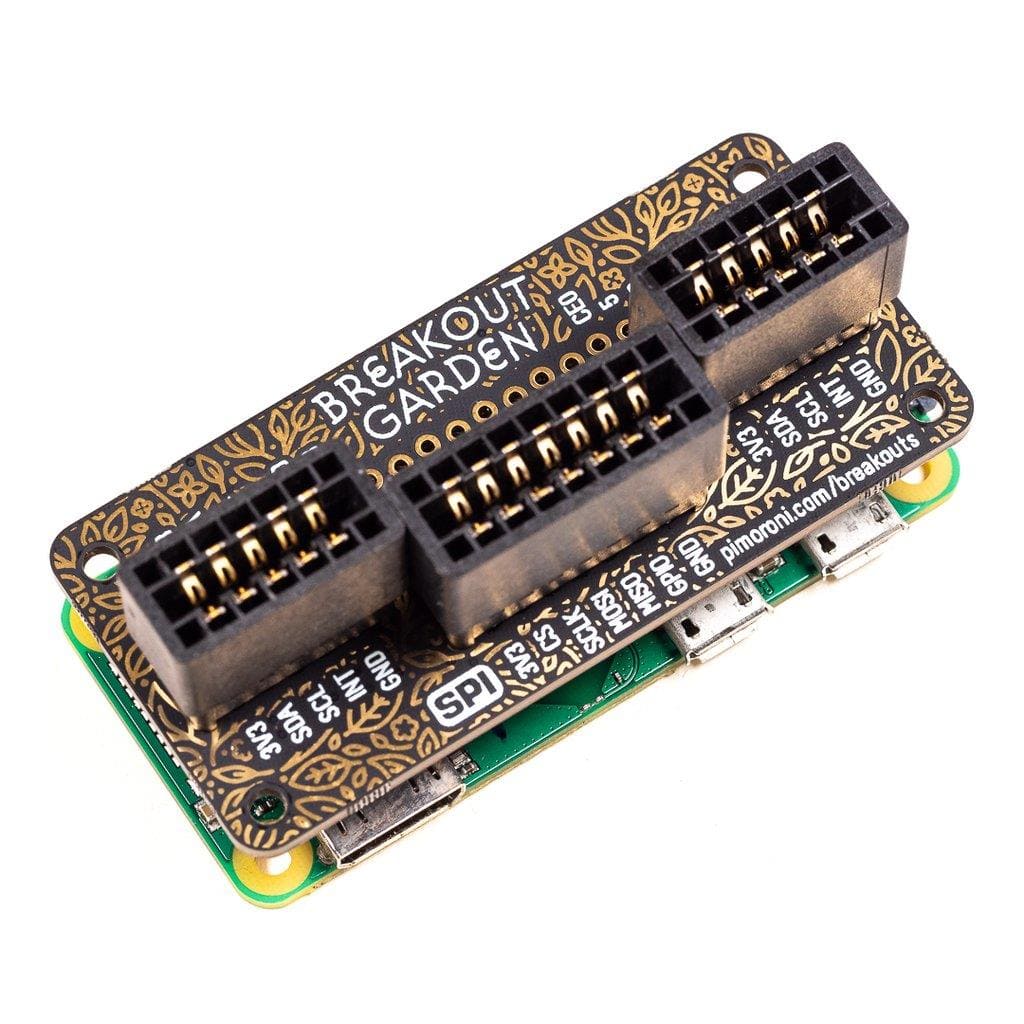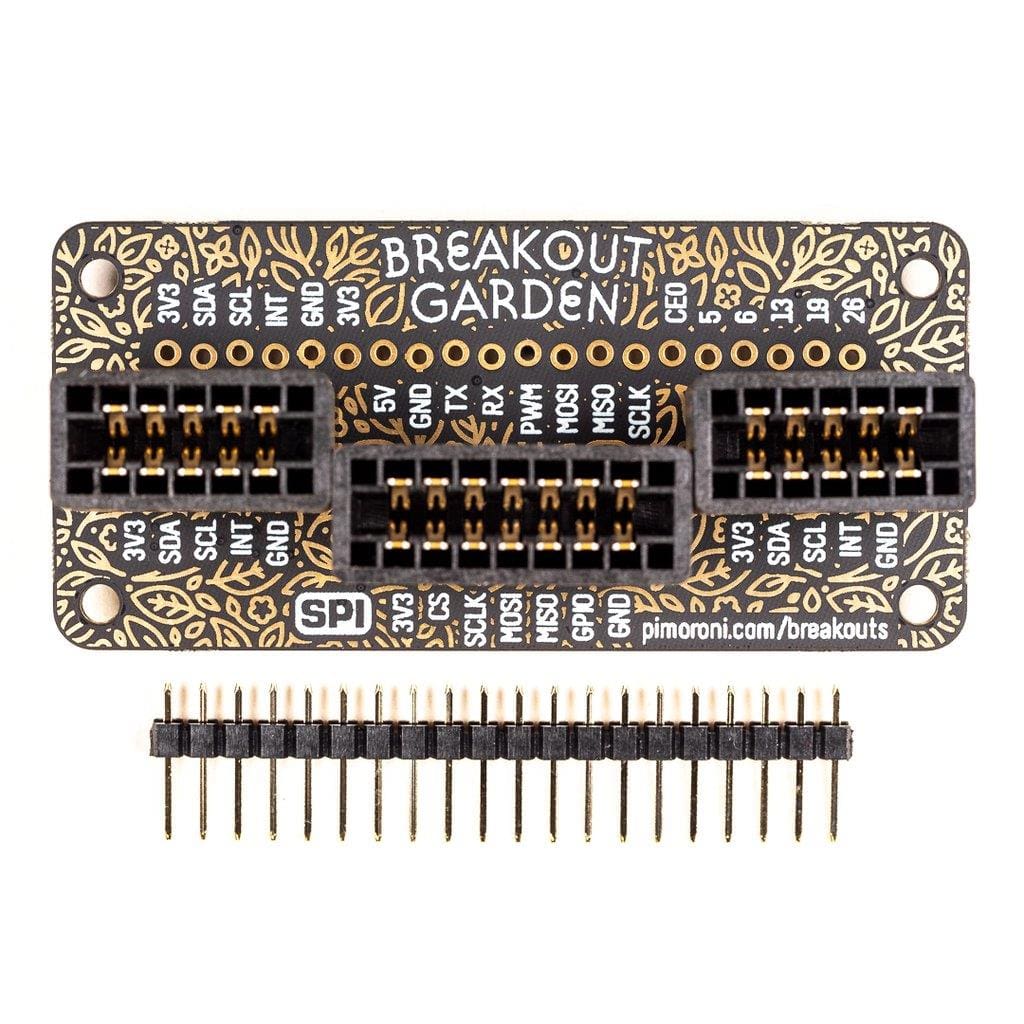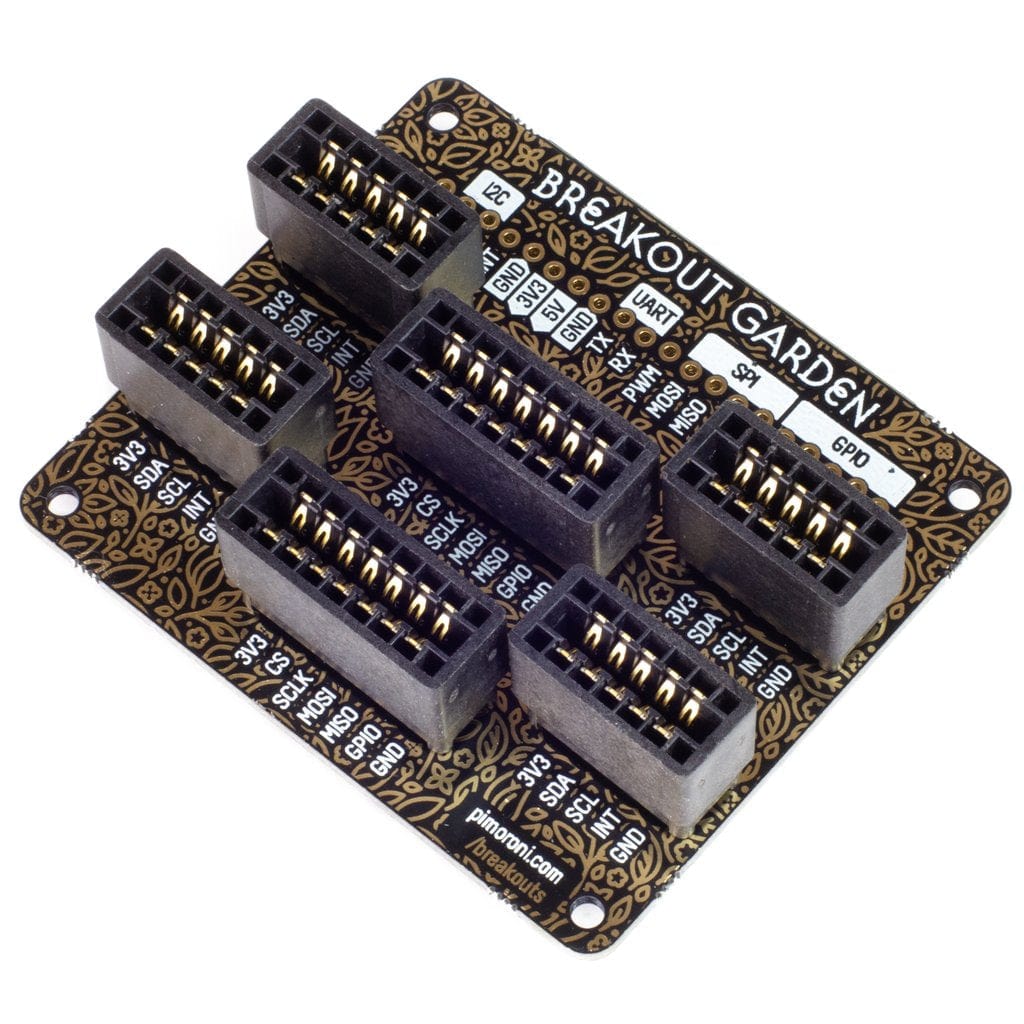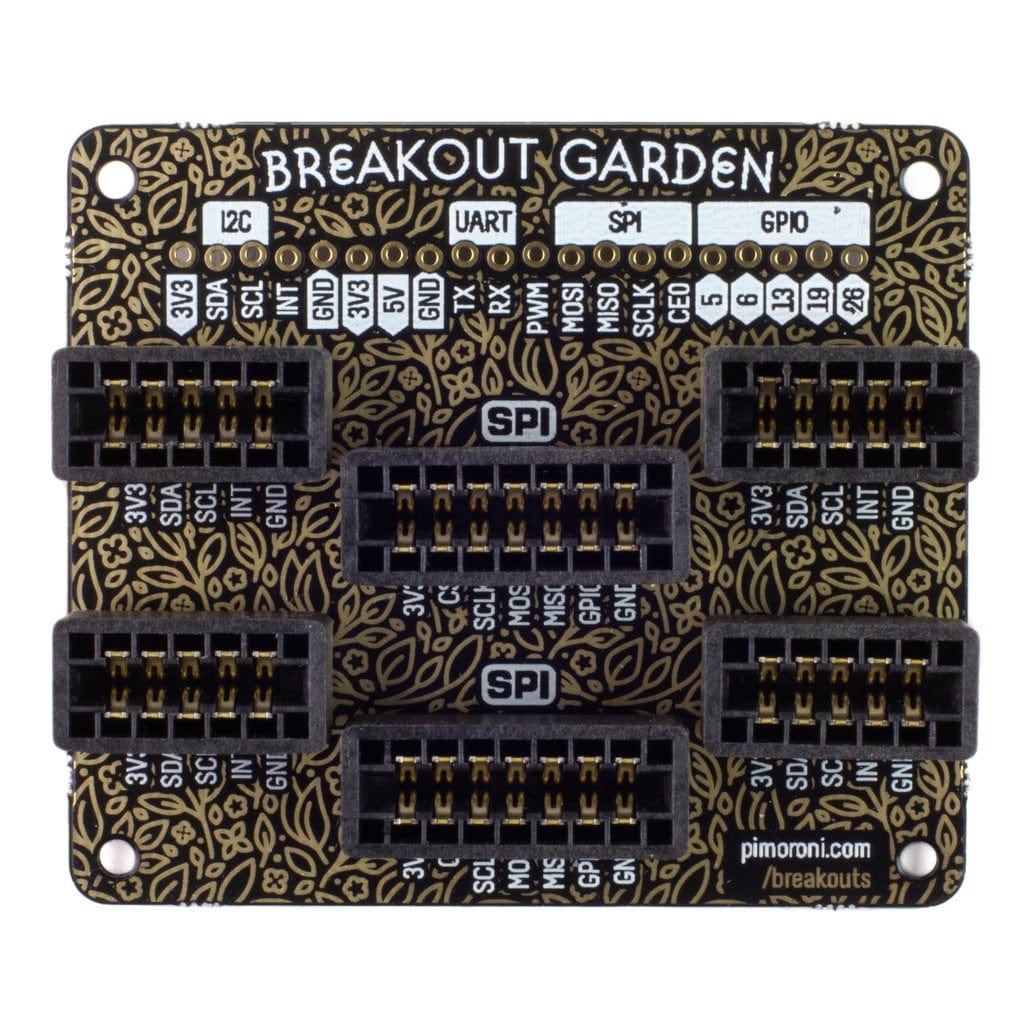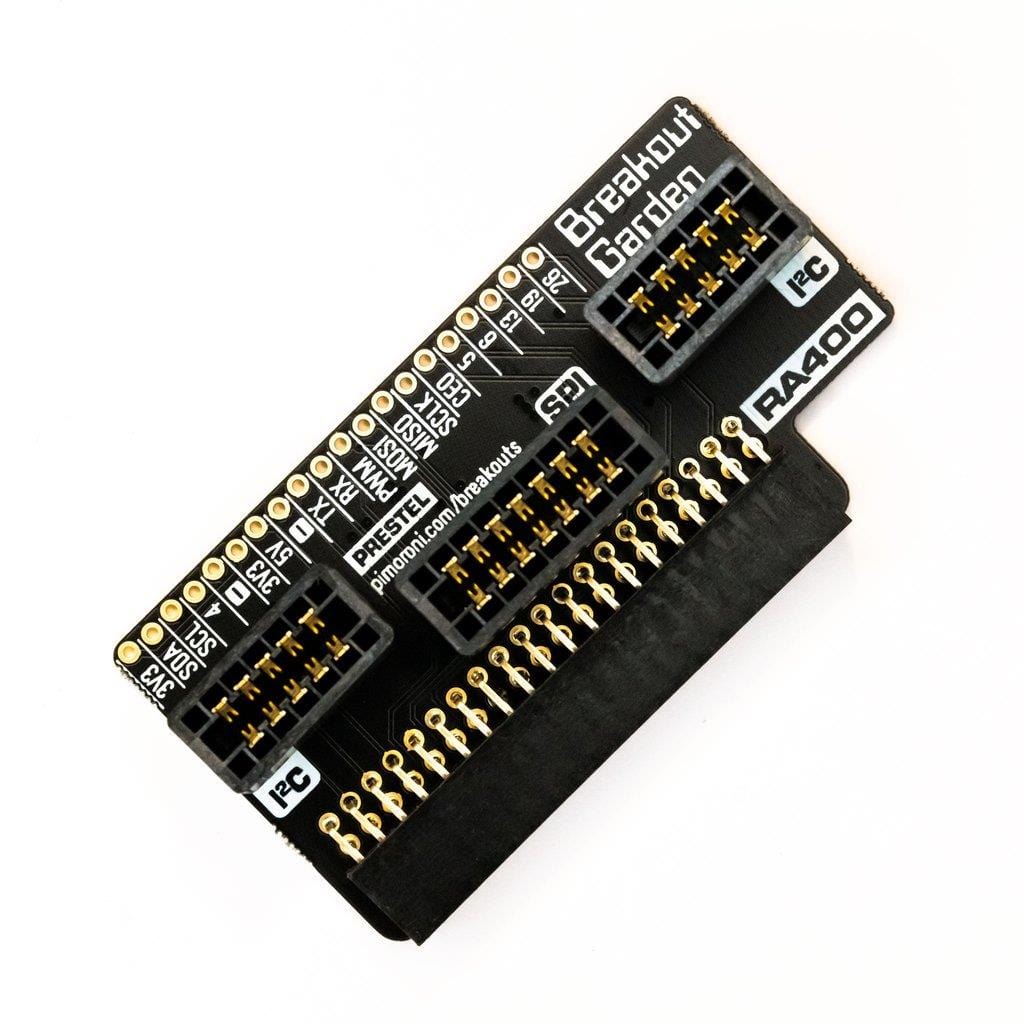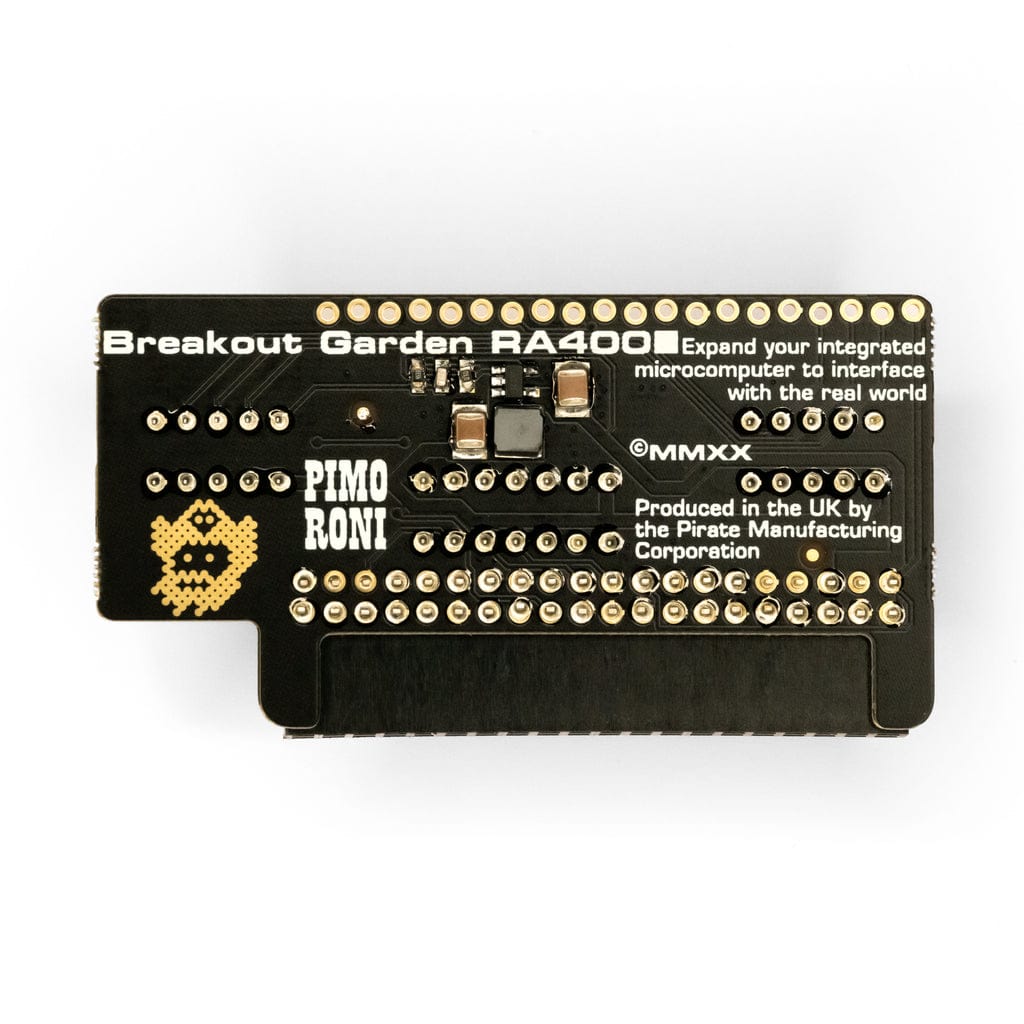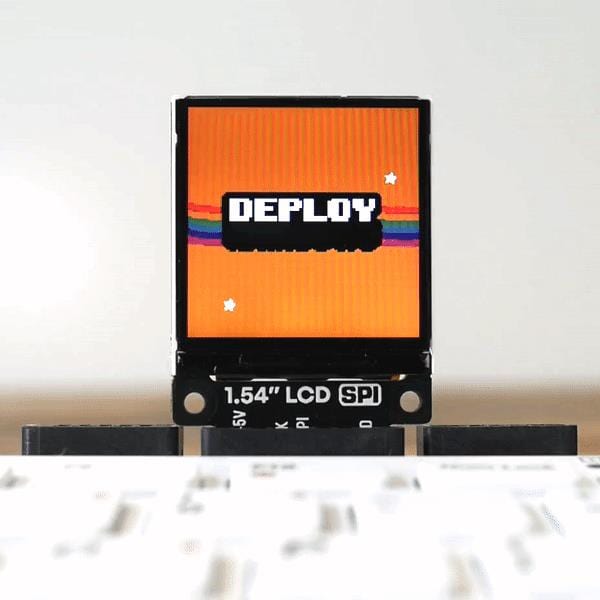
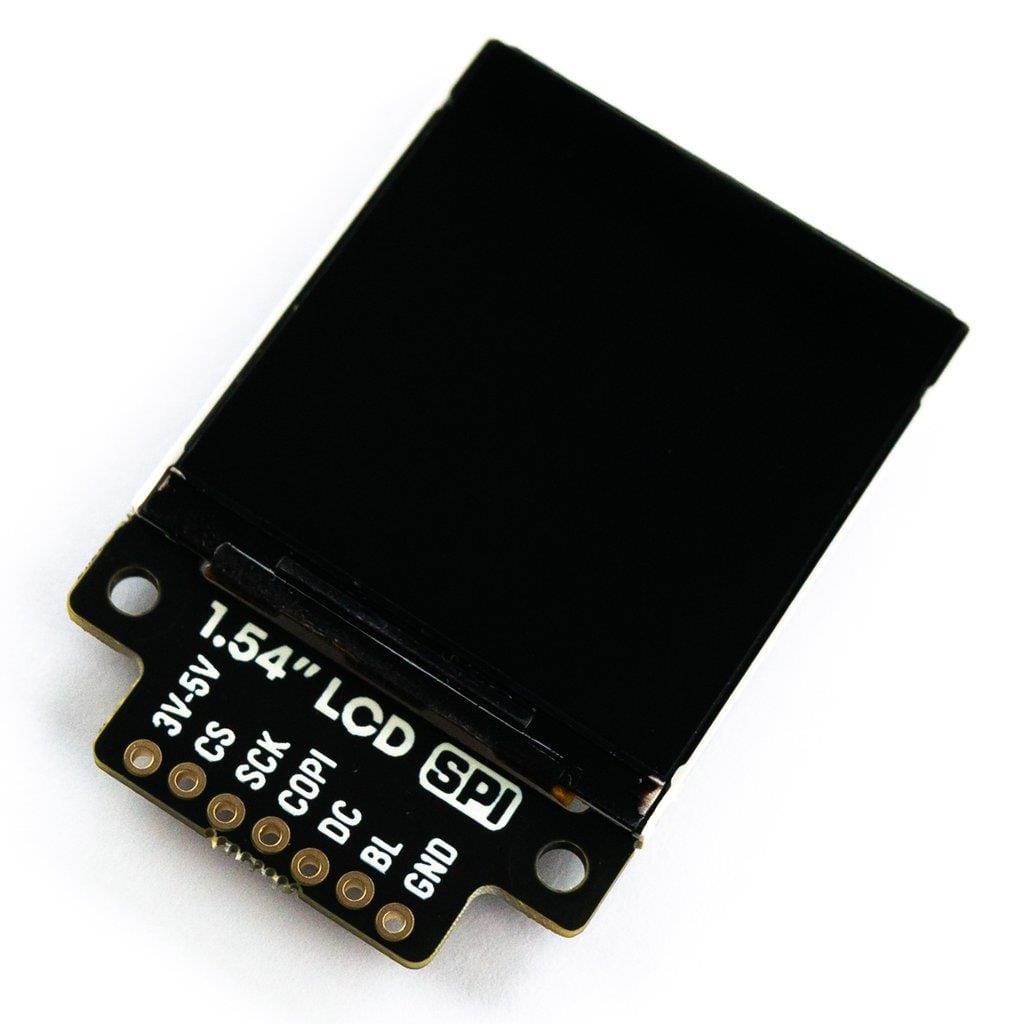
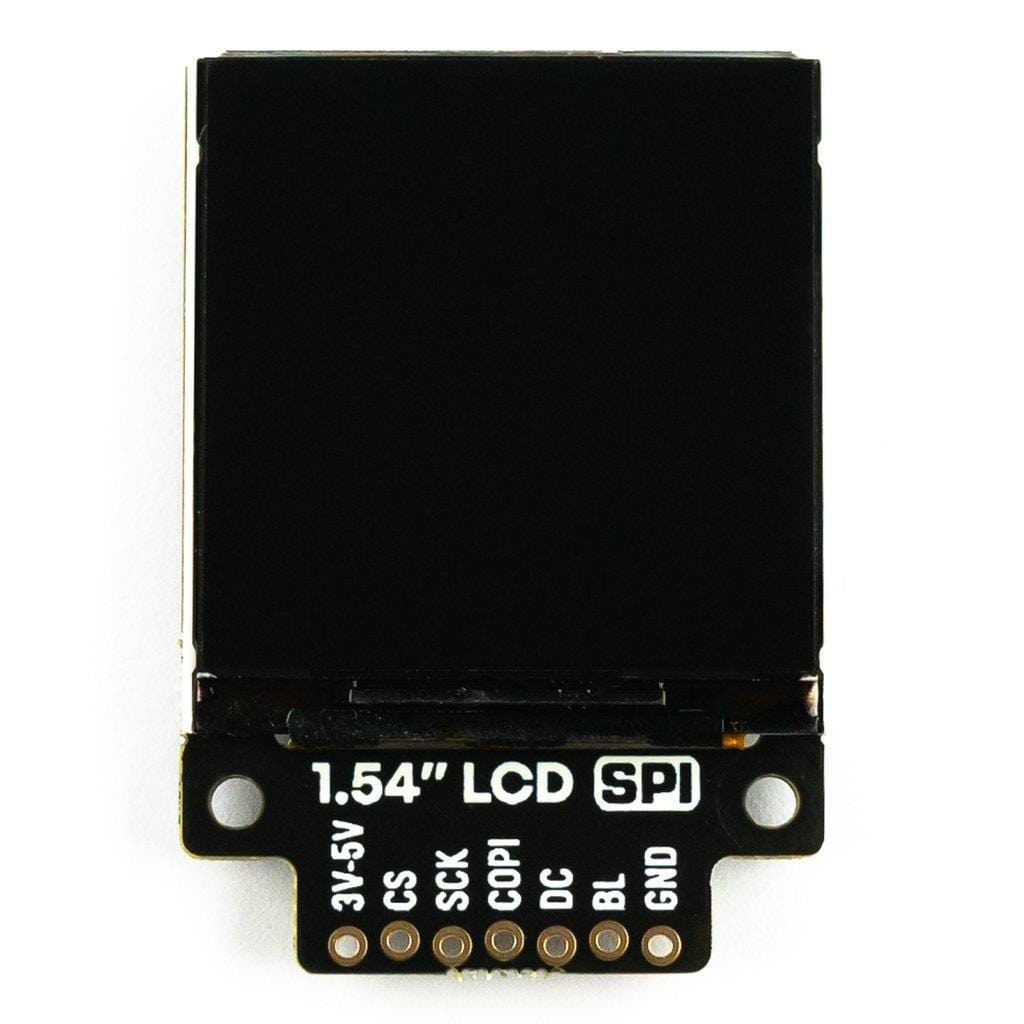
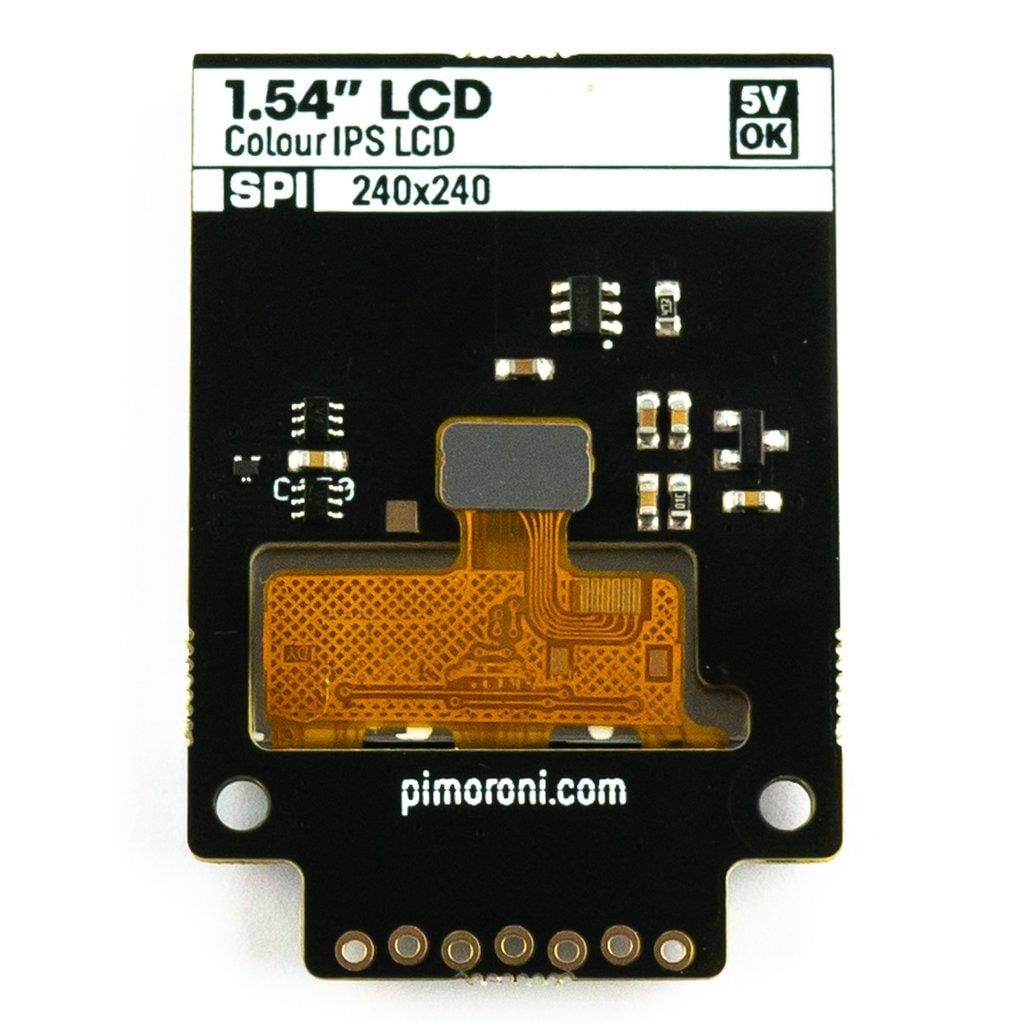
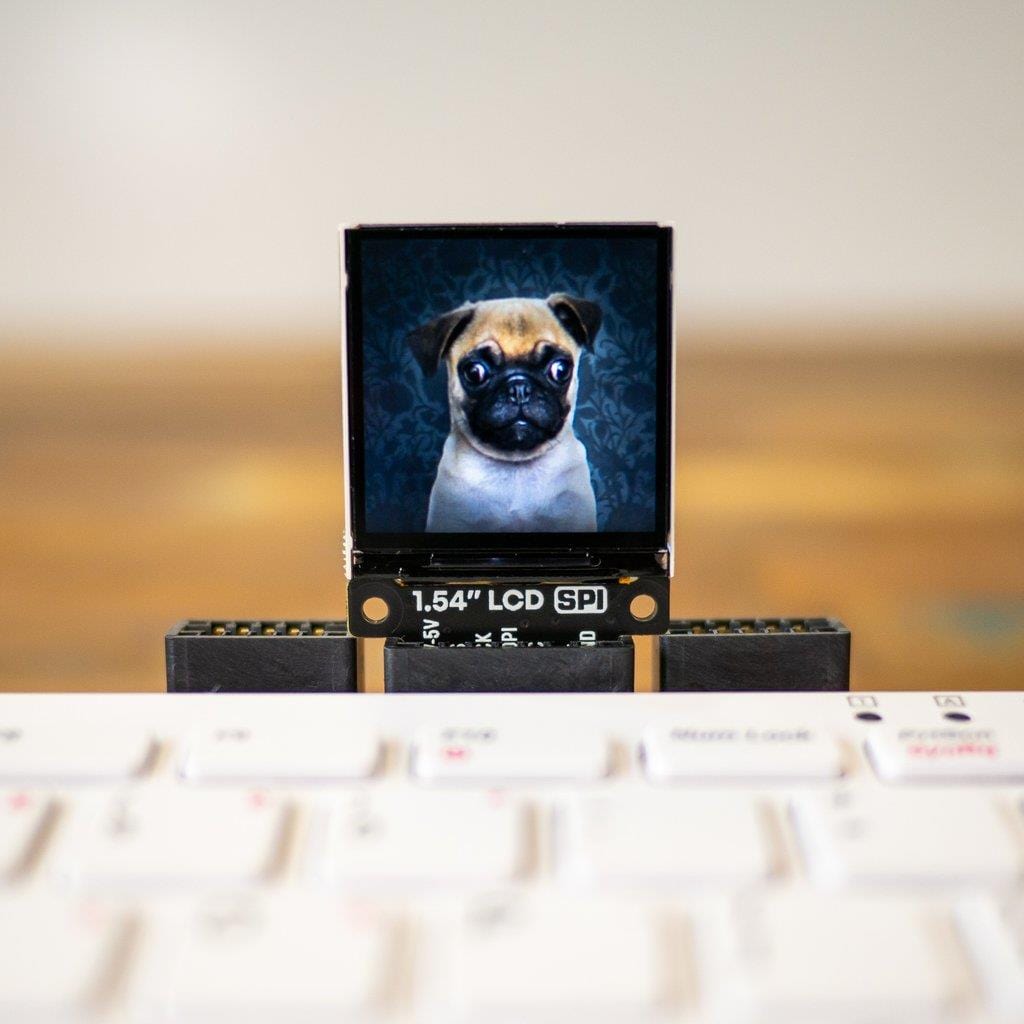
Login / Signup
Cart
Your cart is empty
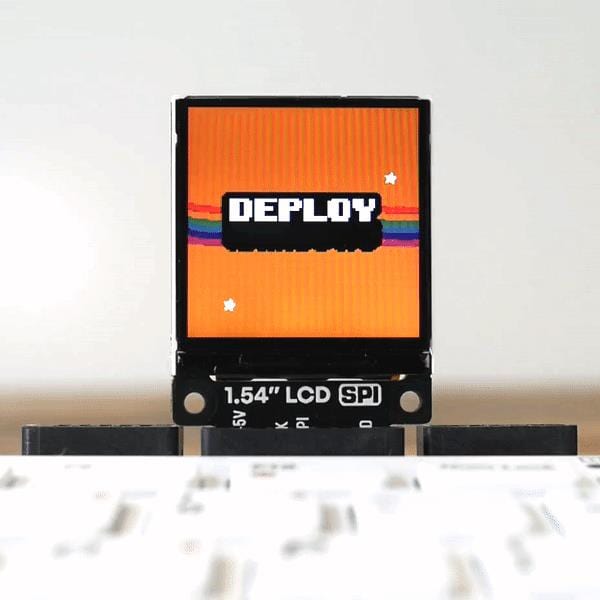
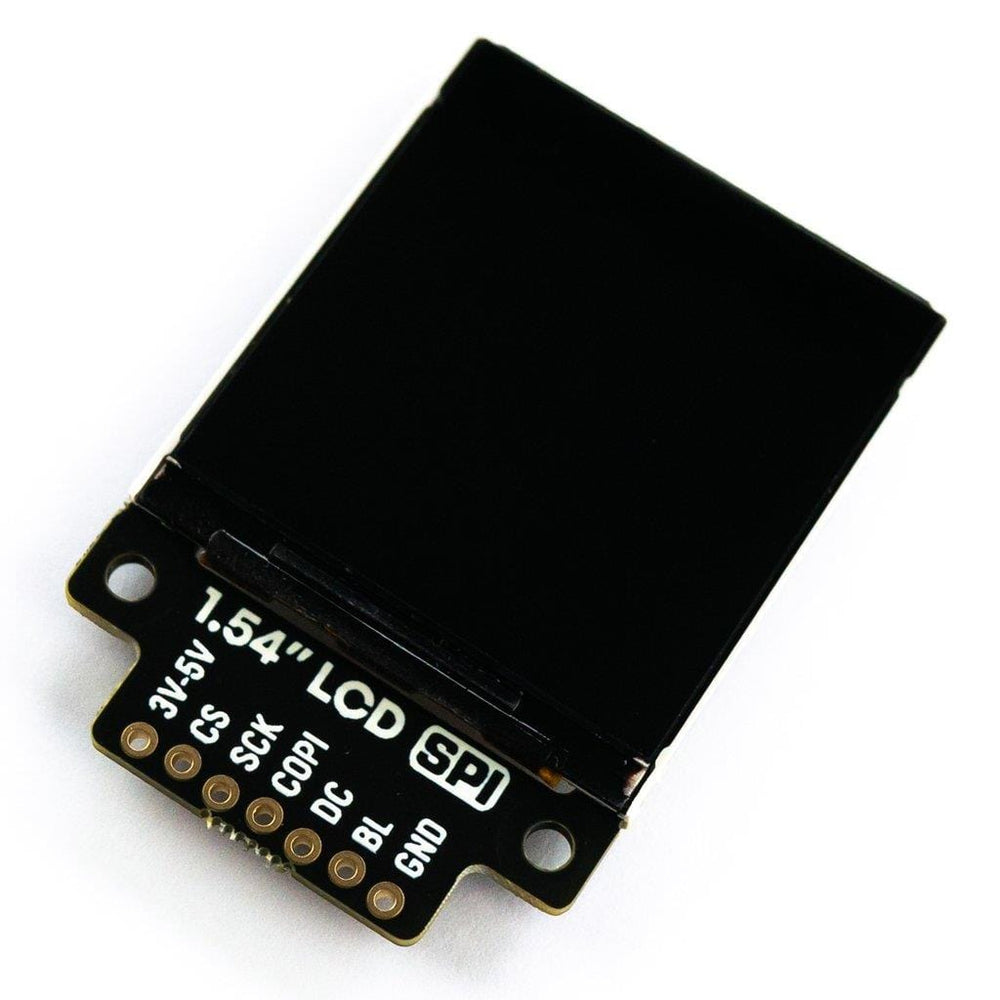
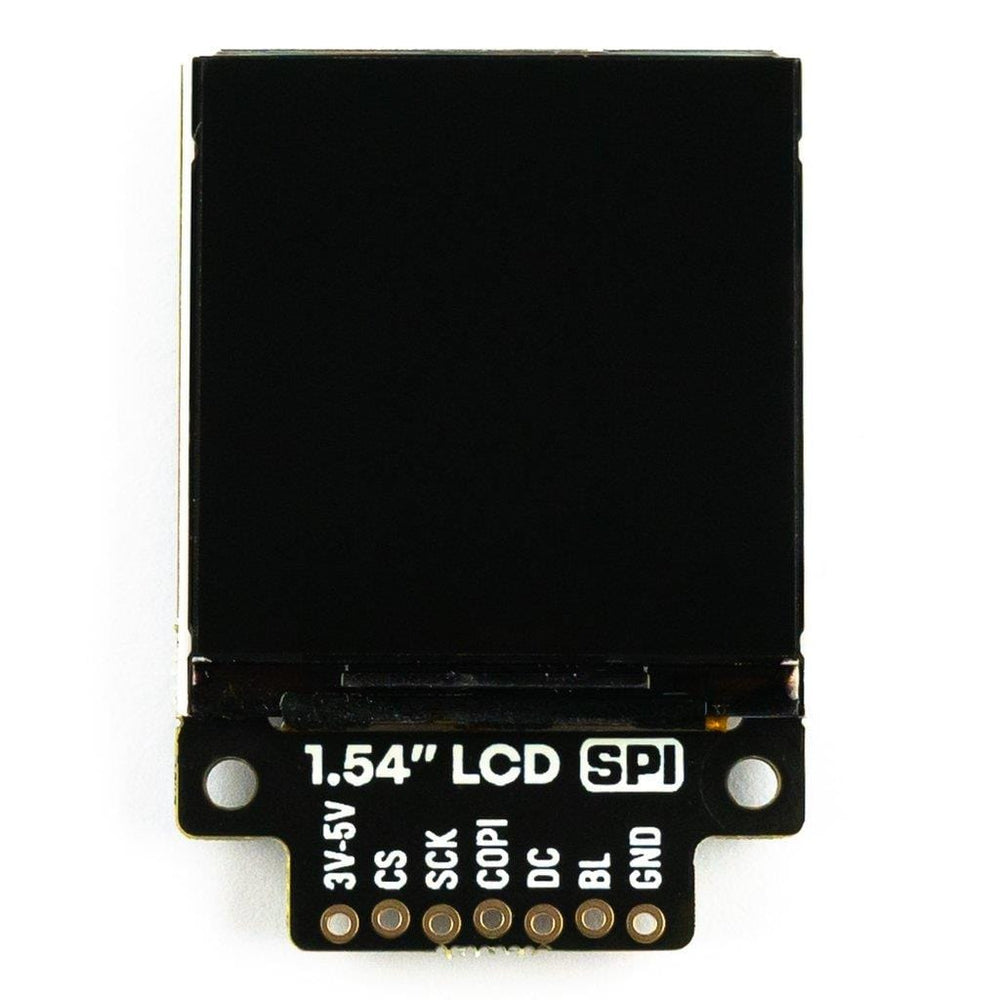
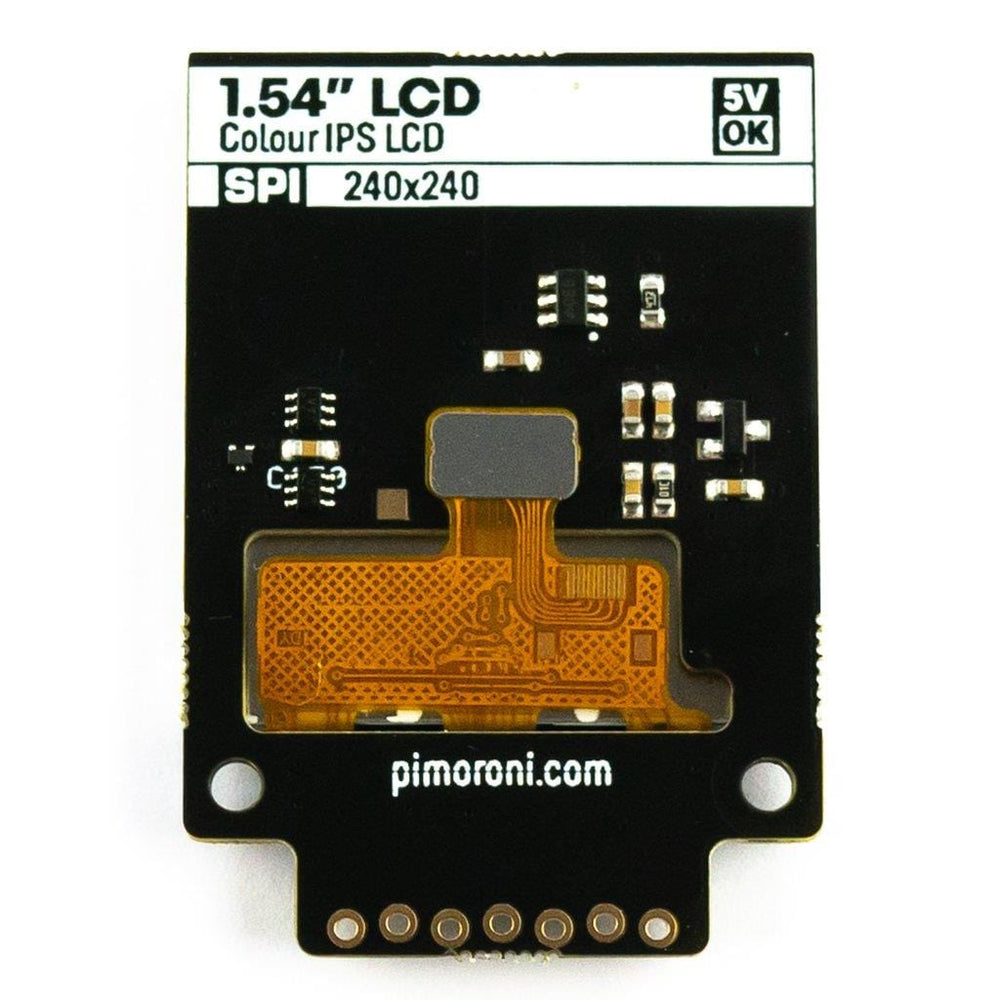
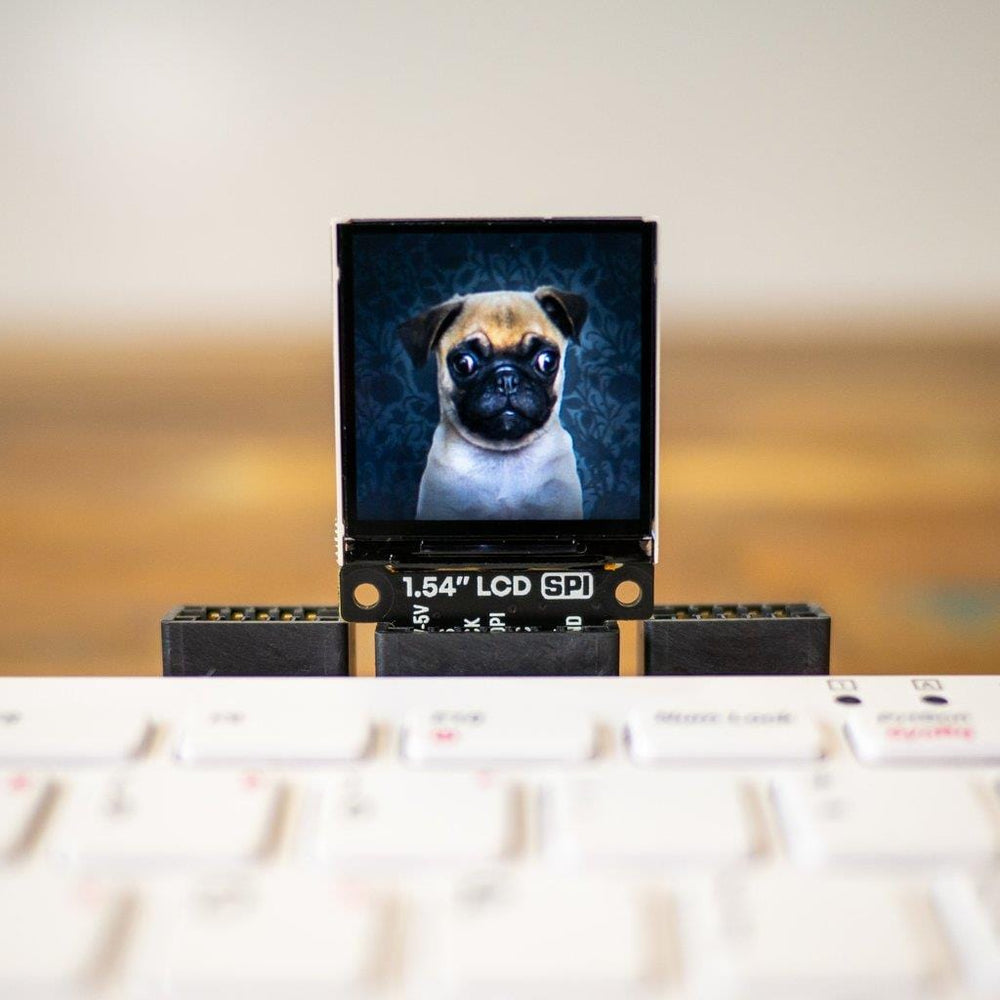
Add a bright, hi-res, square LCD screen to your Raspberry Pi (or Pico) projects with this 1.54" Breakout Garden-compatible SPI display.
We sourced this vibrant LCD display to use on Pico Explorer Base and we've become rather fond of it. We've given it the full Breakout Garden treatment and now it's super-easy to incorporate into other Raspberry Pi or Raspberry Pi Pico projects. The screen is around 40% bigger (by area) than the one on our 1.3" square breakout, giving you plenty of room to fill with detailed graphs or lots of data from sensors. Its 1:1 aspect ratio means it would also be good for displaying square images (like album art or Instagram photos), or perhaps even for using as the screen on a mini handheld games console?
Like our other LCD breakouts, it's an IPS display so has great viewing angles and it's super-crisp and bright. It's driven by SPI and you should be able to run it at up to ~50FPS, although we've found that anywhere from 10FPS looks good for most uses.
You can use this breakout completely solder-free (which is very handy for prototyping) by combining it with any of our Breakout Gardens with SPI - check out the extras tab for some options! We've also included a strip of male header in case you want to hook it up to your SBC or microcontroller with wires, all traditional-like.
Check out our full range of Breakout's and Breakout Garden's here
If you're using a Raspberry Pi, this breakout uses the same ST7789 library as our square and round LCDs. The library makes it straightforward to display images, text or graphics, and even display animated GIFs!
If you're using a Raspberry Pi Pico you can copy our custom MicroPython uf2 to your Pico which includes drivers for this screen.
You can find C++ examples here and MicroPython examples here.
If you're not using a Breakout Garden, then this is how to connect your LCD Breakout up to your Raspberry Pi.
Our Python library is set up to use SPI 1 by default on the Pi (BCM 7 for CS, BCM 11 for SCK, and BCM 10 for MOSI), BCM 9 for DC, and BCM 19 for the backlight.
Here's which pins to connect between your LCD breakout and your Pi's GPIO (note that it's BCM pin numbering):
You can of course use other pins with your LCD Breakout, but you'll have to change them accordingly when you instantiate the display in your code.






